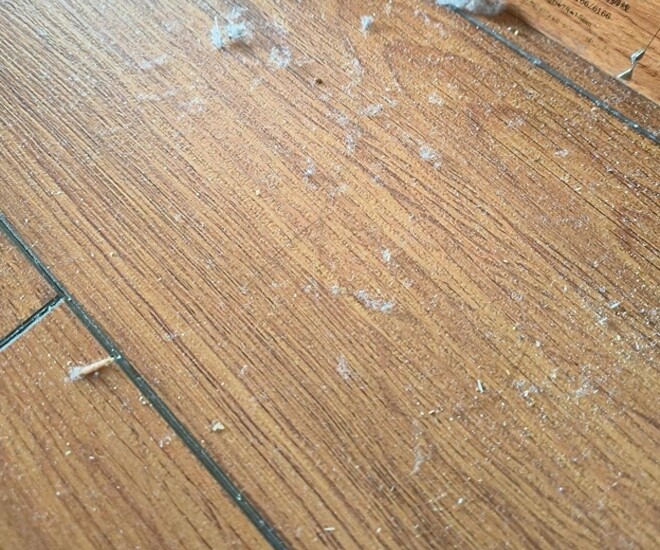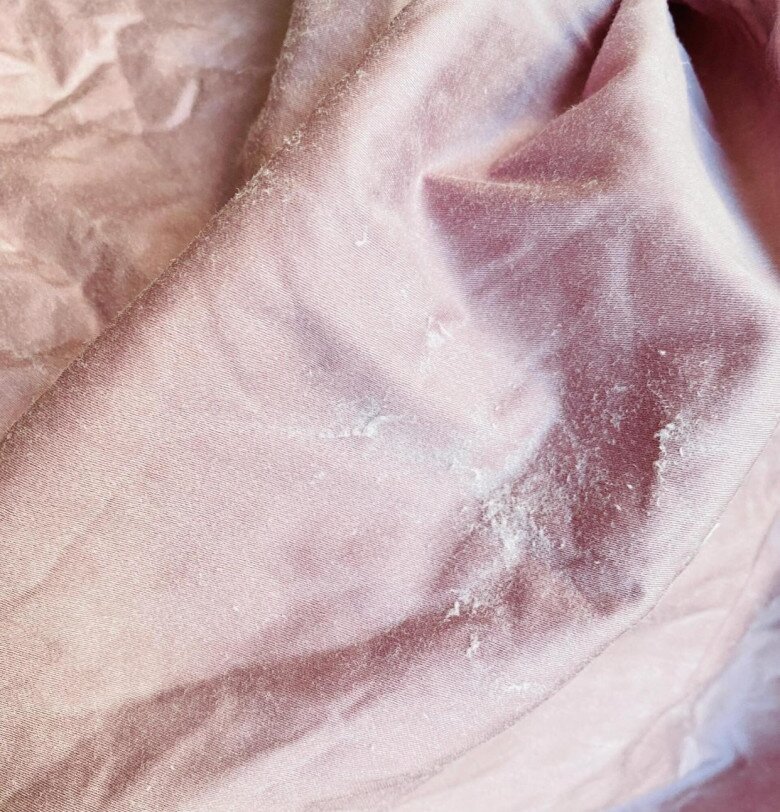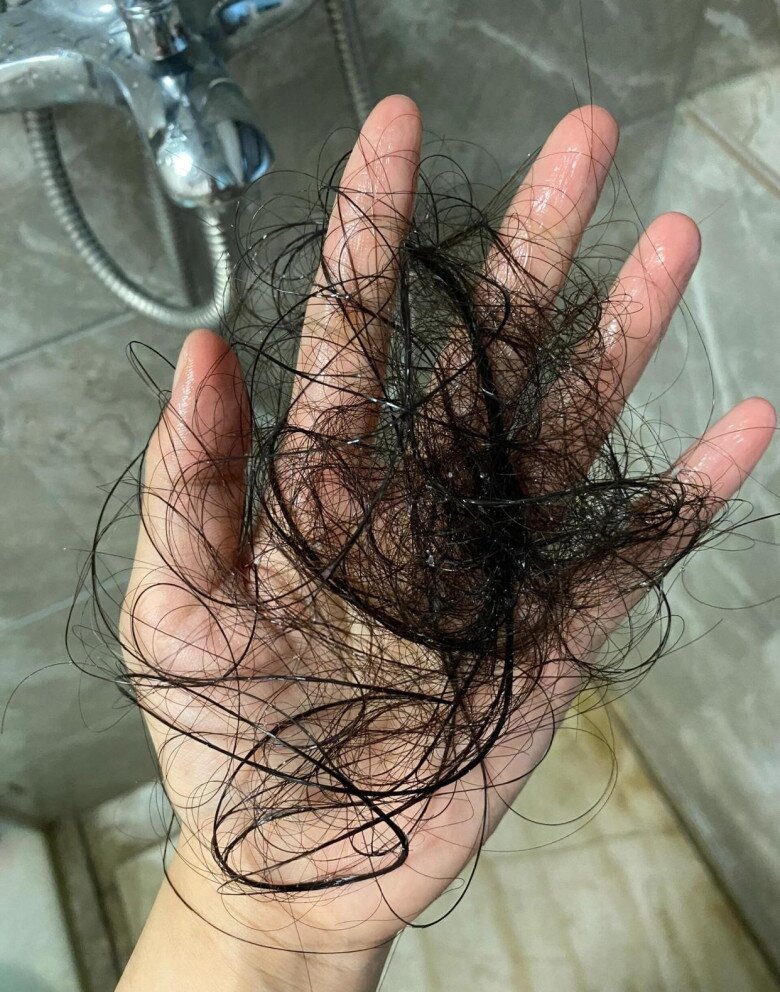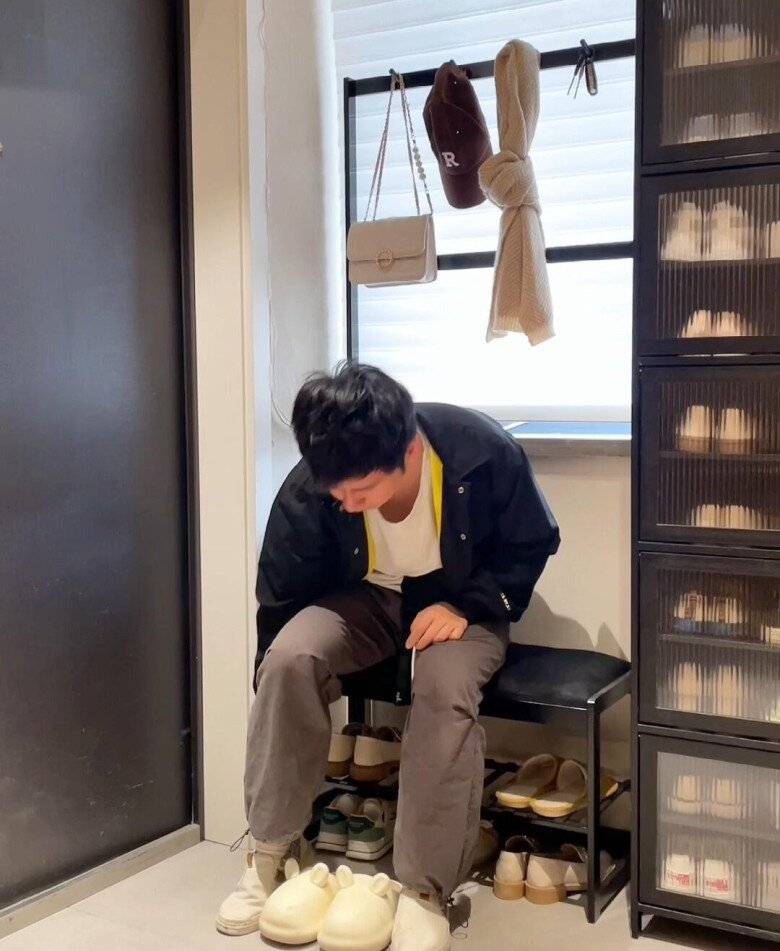Many people share the same frustration: “My house is the same; there’s fluff everywhere, even in the wardrobe!” So, where does all this dust come from, and why does it keep coming back no matter how much we clean?

Sources of Household Dust and Lint
– Infiltration Through Windows and Doors
Most of the dust and lint in our homes don’t come from our daily activities but rather infiltrate through open windows and doors. Ventilating the house inadvertently creates a pathway for dust to enter.
Some households have tried attaching dust filters made of cotton to their window screens, with surprising results: a significant reduction in dust and lint accumulation on the floors. One person shared that after just one week, the cotton filters turned pitch black. After a month, the unfiltered portion of the screen turned a dark shade of gray, while the portion with the transparent tape remained clear.
This experiment highlights that without proper filtration, fine dust and lint will linger in the air, directly affecting the lungs and health of everyone in the household.
– Shedding From Bedding and Linen
Bedding, pillows, and especially brushed fabric are the most notorious culprits for spreading dust and fluff around the house. Within a few days, a thick layer of fluff can accumulate, necessitating constant cleaning.
Even high-quality fabric will shed, especially after washing or abrasion. Some people have noticed that just one night of wearing warm clothing to bed is enough to cover their clothes in fluff from the bedding.
If you use 100% cotton bedding (natural cotton fabric), the shedding will be significantly reduced.

– Shedding From Clothing Fabric
You’ve likely noticed those tiny lint fibers floating in the water when doing laundry. In reality, regardless of the fabric type, all clothing will shed to some extent.
Natural fabrics like cotton shed naturally, while synthetic fabrics (polyester, acrylic, etc.) can also produce short lint fibers when subjected to friction. Simply patting your clothes a few times will release a thin cloud of lint into the air.
Using a clothes dryer can be eye-opening, as the lint filter inside can become densely packed with fluff, a sight that might give you pause.
– Human Hair and Body Lint
On average, a person sheds around 50–100 hairs per day, not to mention other fine body hairs. After a shower, you’ll often find clumps of hair in the bathroom drain. Each time you brush, wash, or rinse your face, loose hairs and skin cells become airborne, eventually settling on the floor, bed, chairs, and combining with fabric fluff to form annoying dust bunnies.

– Pet Fur
If you have pets like dogs, cats, or rabbits, the situation becomes even more challenging. No matter how meticulous your grooming routine, they will shed fur, and these tiny hairs will float in the air, cling to sofas, clothes, and even bedding. This makes the amount of fluff in your home increasingly difficult to control.
– We Bring It In From Outside
Did you know that you and your family members are also bringing dust into the house daily? The clothes we wear when going out act like miniature vacuum cleaners, attracting all sorts of lint and fine dust from the air. Our shoes pick up dirt, sand, and tiny dust particles from the ground.
When we return home and take off our coats and shoes, the dust falls off. With indoor air currents, these tiny dust particles and lint fibers take flight, eventually settling in every nook and cranny.

How to Drastically Reduce Dust and Lint at the Source
Don’t just sweep and mop! If you want to eliminate dust and fluff from their sources, you need to start with daily habits and the items you use:
– Switch to cotton or silk bedding: Opt for 100% cotton or silk satin instead of brushed fabric.
– Choose suitable curtains: Go for high-quality polyester with a smooth, non-fuzzy surface.
– Invest in quality clothing: Prioritize items that don’t shed lint and are easy to clean.
– Limit extended window opening: Ventilate in the morning for about 30 minutes. On days with poor air quality, keep windows closed or use dust filters.
– Install a ventilation system: Improve air circulation and reduce fine dust and lint.
– Maintain optimal humidity: When the air is sufficiently humid (40–60% humidity), dust is less likely to become airborne.
– Use a dryer with a lint filter: A good dryer can remove up to 80% of residual lint from laundry.

How to Effectively Clean Dust and Lint From Your Home
– Use a “Magic” Broom for Sweeping
Many people swear by the magic rubber broom, an incredibly useful tool for housekeeping. This broom can pick up fine dust and fluff that’s nearly invisible to the naked eye. It’s especially handy for pet owners, as it effectively removes large amounts of pet hair that regular brooms or robot vacuums might miss.
– Mop the Floor Using a Flat Mop and Cloth
Another popular method is to use a flat-head mop with a clean cloth. You can mix warm water with dish soap and vinegar for mopping, effectively removing dirt and grease without leaving streaks. The floor dries quickly, leaving a clean and pleasant-smelling surface.
Alternatively, you can purchase a specialized floor cleaning solution and pair it with a well-wrung cloth. Mopping becomes a lighter, quicker, and more efficient task.
– Use a Bedding Vacuum Cleaner Daily
Beds and mattresses are often overlooked dust havens. Invest in a specialized vacuum cleaner for bedding and mattresses (dust mite vacuum cleaner). Using it consistently every day will help eliminate tiny dust particles, fluff, and dead skin cells from your bedding, improving both air quality and sleep quality.
– Keep an Electrostatic Duster Handy
For surfaces like furniture, electronics, and shelves, an electrostatic duster (also known as a dust catcher) is ideal. This type of duster attracts and holds dust due to static electricity, allowing you to clean quickly without spreading dust everywhere.

































